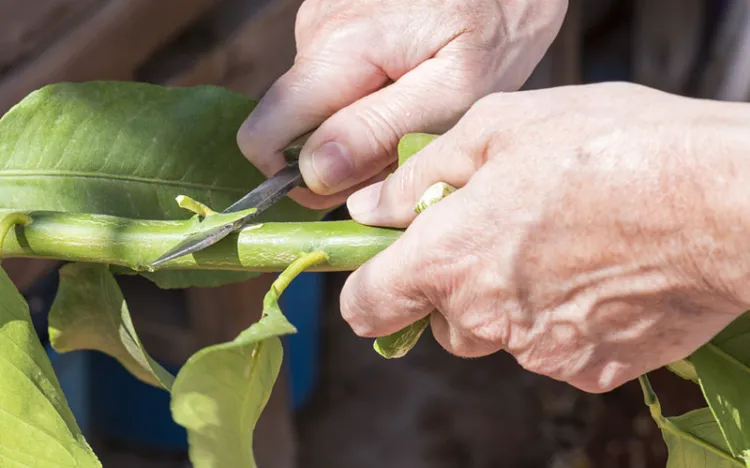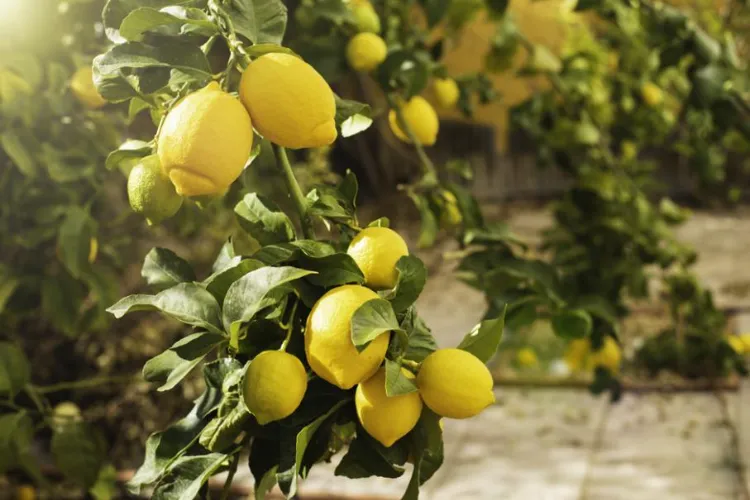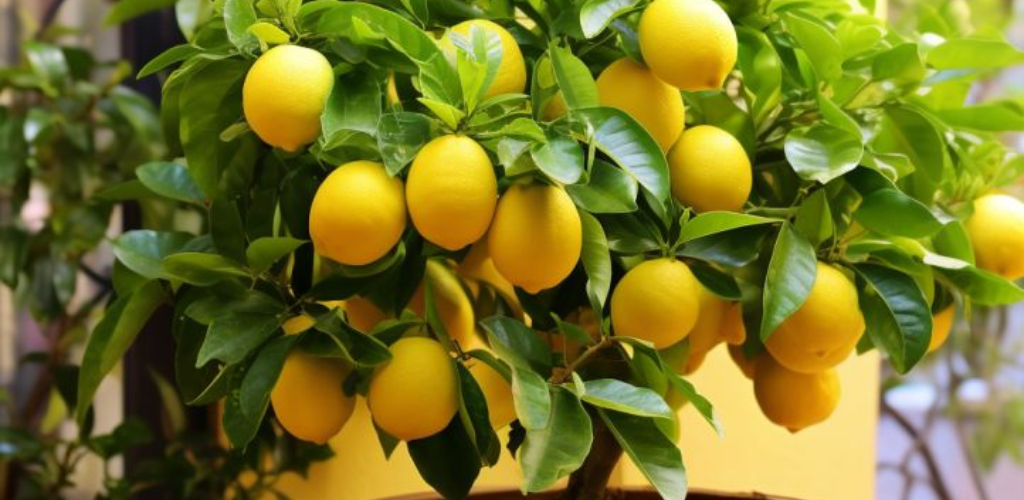How to Graft a Lemon Tree to Harvest Beautiful Lemons? All our practical advice!
The interest of having a lemon tree at home is based both on aesthetic interest, but also on its ability to produce fruit throughout the year. While pruning will certainly allow it to develop well and bear good fruit, grafting, I can confirm, often proves to be an interesting choice. In fact, it will allow the lemon tree to multiply in the same way, improving its resistance to cold, diseases and parasites. How to Graft a Lemon Tree? Follow the leader !
How to graft a lemon tree to get lemons?
The lemon plant is a very productive shrub but can unfortunately suffer from climatic conditions, attacks by parasites or various diseases. Grafting can be a good alternative to avoid these inconveniences. The lemon tree is grafted onto a citrus fruit. Depending on the soil and climate, here are the options available to you:
- Citrange Carrizo for moderately humid, slightly calcareous soils. It is a vigorous shrub, with rapid fruit setting and high production. Furthermore, it is resistant down to -10°C. This rootstock is resistant to parasitic gummosis.
- Citrus Volkameriana for draining soils, ideal in arid and calcareous soils, but to be avoided in heavy and asphyxiating soils. It is resistant down to -7°C. It is also resistant to parasitic gummosis.
- Citrus macrophylla is very vigorous. It is ideal for very calcareous and very dry soils. On the other hand, it has low resistance. This rootstock is tolerant to parasitic gummosis.
- Poncirus trifoliata is not very vigorous. Ideal for heavy, humid, asphyxiating or acidic soils. However, it fears arid and calcareous soils. It is resistant up to -20°C. This rootstock is resistant to parasitic gummosis and tolerant to nematodes.
- Bitter orange that adapts to a wide range of soil types, including limestone, but should be avoided in heavy, asphyxiating soils. Be careful, it is low resistance. This traditional rootstock is less used today because it is susceptible to dry disease and nematodes.

When is the best time to graft a lemon tree?
The best time to graft a lemon plant is spring, in May or June, when temperatures are mild and the tree is in full sap. Plus, it will leave you plenty of time to enjoy the benefits of gardening . Here’s how to do it step by step:
- Start watering the rootstock regularly 2 weeks before transplanting
- Good hydration will facilitate the detachment of the bark
- Remove twigs and leaves from the area of the rootstock that will host the graft
- With a sharp, bleach-sanitized grafting stick, make a T-shaped notch in the bark.
- First make a horizontal incision of about 2 cm, pushing the blade until you feel the resistance of the wood
- Then make a vertical incision of approximately 3-4 cm
To collect the scion, first take a twig from the current year, about 20 cm long, from a healthy and productive lemon tree. Locate a well-formed eye in the axil of a leaf. Then remove the leaf, leaving a piece of the petiole. To collect the coat of arms, here’s what you need to do:
- Make 2 horizontal incisions, 1.5 cm above and below the eye
- Remove the ridge by sliding the grafting blade under the bark, from top to bottom, being careful not to cut the wood
- Then return the crest
- Using the grafting spatula, remove any fragments of wood that would have come off along with the bark
Finally, you will only have to practice the grafting. To do this, start by lifting the edges of the rootstock cut with the grafting trowel and insert the ridge there. Help yourself with the spatula to slide the plaster well to the bottom of the incision. Then, cut the top of the ridge past the incision. Use your thumbs to close the opening on the ridge. Press down to eliminate as much air as possible between the shoot and the rootstock.
Then, hold everything together with a binding made from damp raffia or a special Flexibande tie . Finally, cover the entire engraved part, leaving only the eye out. If all goes well in the realm of grafting, after 2 to 3 weeks you will see the stalk turn yellow and fall off, revealing a green scar on the ridge. It will then be time to cut the binding.
How to maintain a lemon tree?

The lemon tree is easy to maintain. In order for your shrub to produce fruits rich in vitamin C in the near future, you need to take some precautions. In autumn: add composted organic matter to its foot, because a lemon tree is grown in the ground, If it is grown in pots, add dehydrated organic matter. In October remember to place your lemon tree in a container in a light and airy room. For this reason we recommend opting for a temperature between 5 and 10° C.
Finally, know that even in winter, the lemon tree needs water to flourish well. For this purpose, it is recommended to water it every 2 weeks. Furthermore, if it is in open ground, do not hesitate to install a wintering veil to protect it from late frosts . Therefore, you ensure a longer life expectancy. Keep in mind that the flowering period depends on each variety. The 4-season lemon tree, for example, blooms several times a year. It flowers little in March, abundantly in May, little in June and at the end of summer.
